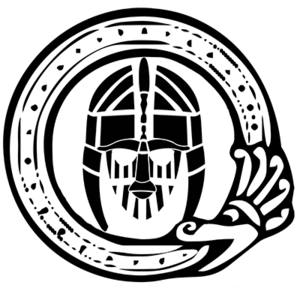Irish War of Independence
The Irish War of Independence or Anglo-Irish War was a guerrilla war fought from 1919 to 1921 between the Irish Republican Army (the army of the Irish Republic) and the British security forces in Ireland. It was an escalation of the Irish revolutionary period into warfare.
In the December 1918 election, the Irish republican party Sinn Féin won a landslide victory in Ireland. On 21 January 1919 they formed a breakaway government and declared independence from the United Kingdom of Great Britain and Ireland. This is often seen as the beginning of the conflict. For much of 1919, IRA activity primarily involved capturing weapons and freeing republican prisoners. In September that year the British government outlawed the Dáil and Sinn Féin political parties, and the conflict intensified thereafter. The IRA began ambushing RIC and British Army patrols, attacking their barracks and forcing isolated barracks to be abandoned. The British government bolstered the RIC with recruits from Britain—the Black and Tans and Auxiliaries—who became notorious for ill-discipline and reprisal attacks on civilians. The conflict as a result is often referred to as the Black and Tan War or simply the Tan War.
While around 300 people had been killed in the conflict up to late 1920, there was a major escalation of violence in November that year. On Bloody Sunday, 21 November 1920, fourteen British intelligence operatives were assassinated in Dublin in the morning, and the RIC opened fire on a crowd at a football match in the afternoon, killing fourteen civilians and wounding 65. A week later, seventeen Auxiliaries were killed by the IRA in an ambush at Kilmichael in County Cork. The British government declared martial law in much of southern Ireland. The centre of Cork City was burnt out by British forces in December 1920. Violence continued to escalate over the next seven months, when 1,000 people were killed and 4,500 republicans interned. The fighting was heavily concentrated in Munster (particularly County Cork), Dublin and Belfast. These three locations saw over 75% of the conflict's fatalities.
Both sides agreed to a ceasefire on 11 July 1921. In May, Ireland had been partitioned by an Act of the British Parliament, which created the six-county Northern Ireland polity. The post-ceasefire talks led to the signing of the Anglo-Irish Treaty on 6 December 1921. This treaty ended British rule in most of Ireland and, after a ten-month transitional period overseen by a provisional government, the Irish Free State was created as a self-governing state with Dominion status on 6 December 1922. However, Northern Ireland remained within the United Kingdom. After the ceasefire, political and sectarian violence between republicans (usually Catholics) and loyalists (usually Protestants) continued in Northern Ireland for many months. In June 1922, disagreement among republicans over the Anglo-Irish Treaty led to an eleven month civil war.
The figures from this range are ideal for not just this period but for Militia units in the imaginary Very British Civil War (VBCW), as well as Home Guard or Partisans in WW2

